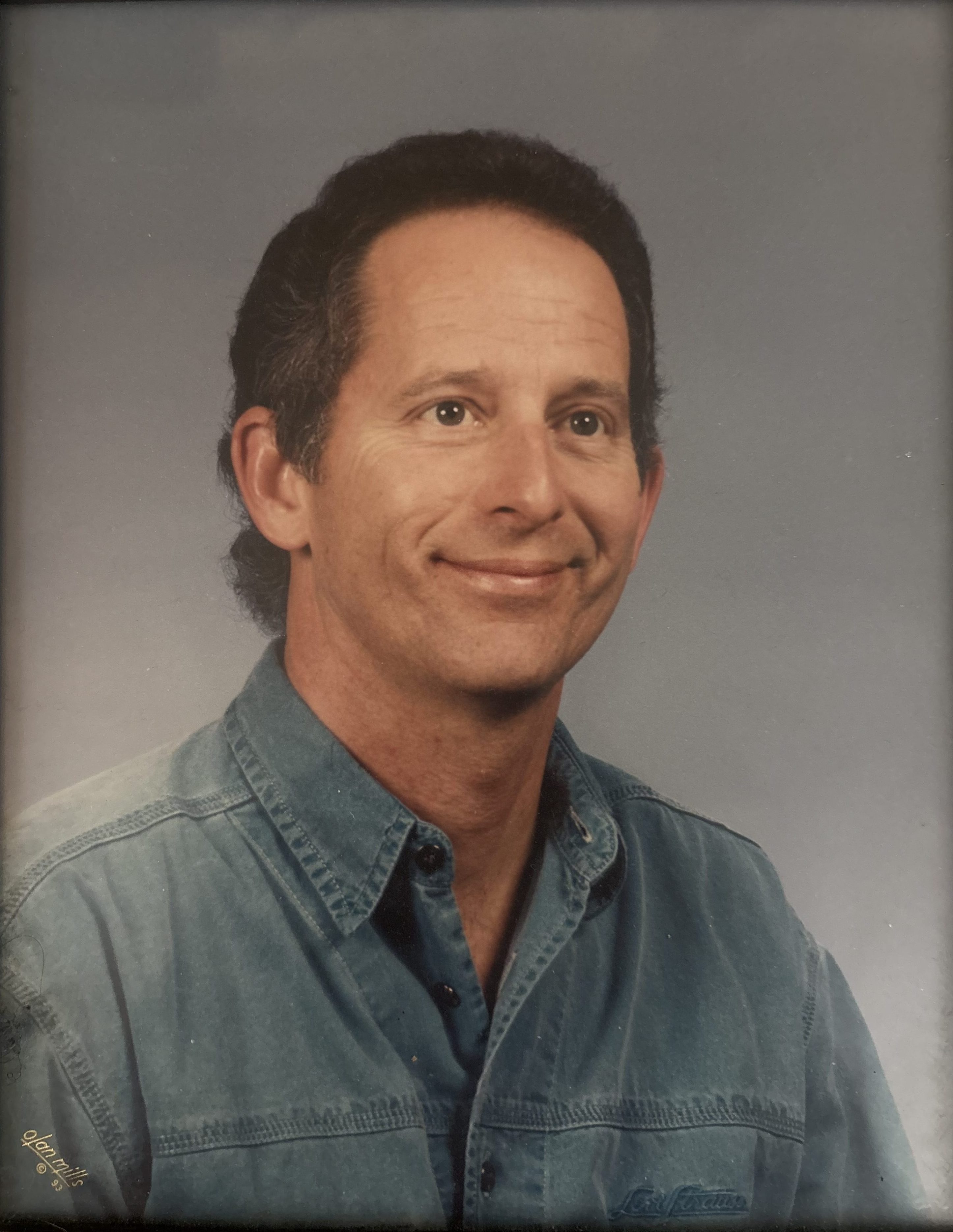Remember When: Flying as pilot is fun, too
Published 10:00 pm Thursday, May 18, 2017
Homeland Security and the airlines’ policies have taken most of the fun out of flying with the airlines in recent years, and military and Navy flying has become largely procedural and computer dependent. So, the only really fun flying these days is enjoyed by private sector pilots. Or so it seems to me.
My Dad went up with me in a visiting barnstorming pilot’s open-cockpit bi-plane to start the flying bug biting on me when I was eight. Later I used part of my earnings from a summer job to start pilot training with Oscar Meyer at his Hendersonville Airport in 1946. I am as pleased to have Oscar’s signature in my logbook as Orville Wright, because Oscar designed and built his first airplane, then taught himself to fly it.
My high school English teacher, Mrs. K.A. Bowen, also taught Oscar. She told me that all Oscar ever did in her class was to draw airplanes. I, too, subjected my English and history teachers to themes and research papers written about airplanes and flying them.
Trending
During WWII there was a B-25 from the air base at Greenville, S.C. over my house nearly all day every day. The pilots liked to fly low and make skip-bombing runs on our prominent buildings, such as Tryon School atop its hill. Many of them also practiced “lazy eights” centered on Tryon Peak.
The lazy eight is a coordination maneuver designed to help pilots master controlling their airplane through ever-changing power settings, bank angle, and alternately climbing and diving. The nose of the airplane traces a horizontal figure “8,” centered on a mountain peak on the horizon. So I got to see the B-25 from all angles and to hear its familiar sound change continually.
Jimmy Doolittle chose the B-25 to take off from the carrier Hornet to bomb Japan as a morale booster early in WWII. The B-25s were still on active duty after the war when I was in the Air Force. I got a long hop in one and had to ride in the waist (aft section) where the only thing separating me from those loud exhaust stacks was a thin sheet of plexiglass. Did not hear anything for three days afterward!
When I learned that I could get a waiver of FAA standards for my impaired vision (helped by ever-thickening glasses!) I resumed pilot training at San Diego. I flew with my first female flight instructor, a really pretty young woman who appeared to love airplanes as much as I did. Women now fly fighter jets as well as the biggest bombers and airliners.
The central theme of all pilot training is safety. Most of the regulations are there to keep all users of the air space safe. You gotta treat airplanes right, or they will bite. We learn how to handle them in all sorts of situations so we will get to fly again another day.
As with driving, I always enjoyed the mechanics of just flying the airplane. I would spend many hours doing “circuits and bumps” because in taking off, climbing, gliding down and landing the pilot practices nearly everything he will ever be called upon to do.
Trending
For many, airplanes and cars serve only to get us from A to B better than walking. But, I found great satisfaction in continually practicing piloting skills, not so much in sitting in the plane, waiting for it to get there. But even at that, I like being up there in God’s sky, where I would often go to sort things out, high above the distractions of earth.





